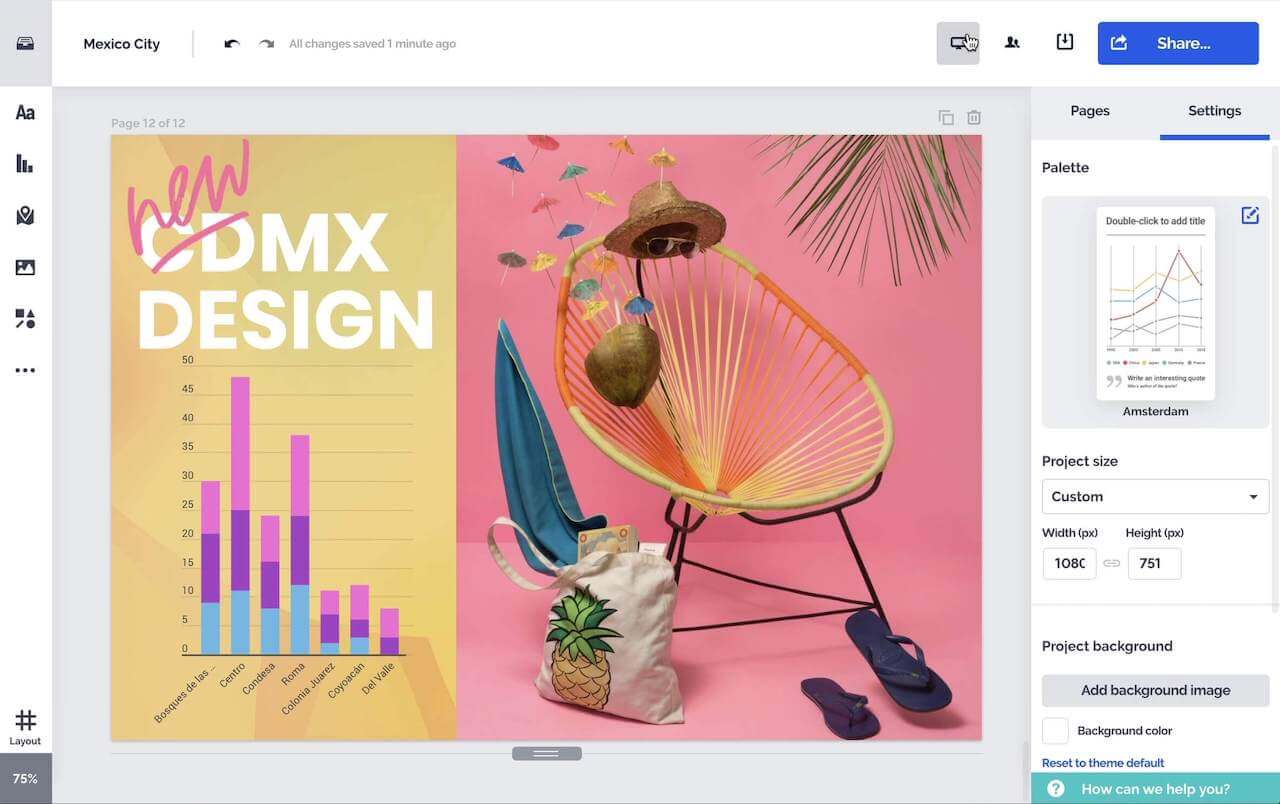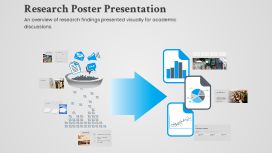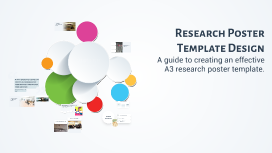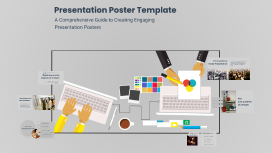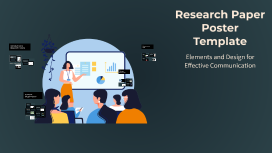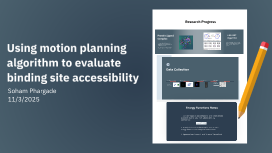Research Poster Template Design
Transcript: Creating an Effective Research Poster This poster provides essential guidelines for designing a successful research poster in A3 size. Emphasizing clarity and engagement, it outlines crucial elements such as layout, content organization, visuals, and audience interaction to maximize impact. Research Poster Template Design Effective Communication of Research Findings A well-designed research poster serves as an effective tool to summarize and communicate complex findings in a clear and engaging manner. It helps researchers convey their message to a broader audience, making scientific information accessible and understandable. Engaging the Audience Visually Purpose of the Poster Visual elements such as graphics, charts, and images enhance the audience's understanding and retention of research findings. By engaging viewers visually, a research poster can stimulate interest and encourage discussions. Concise Overview of Research A concise overview of the research provides essential information at a glance, allowing viewers to grasp the key points quickly. This format is particularly useful in busy settings, where time is limited. A guide to creating an effective A3 research poster template. A well-designed poster can effectively communicate your research and engage your audience. Research Communication Expert Limit Color Palette to 3-4 Colors Ensure High Contrast Between Text and Background Use Sans-Serif Fonts for Readability A limited color palette of 3-4 colors helps maintain visual coherence and prevents overwhelming the viewer. Choose complementary colors that work well together and reflect the theme of the research. Sans-serif fonts, such as Arial or Helvetica, can enhance readability, especially from a distance. They provide a clean and modern look, making it easier for viewers to grasp the information presented. High contrast between text and background is crucial for legibility. Dark text on a light background or vice versa ensures that the information is easily readable from a distance, enhancing viewer engagement. Final Layout Tips for Research Posters Font and Color Choices A3 Size Specifications Key features of A3 size for research poster presentations. A clean and uncluttered layout is essential for effective communication in research posters. Utilize ample white space to enhance readability and guide the viewer's eye through the content seamlessly. 297 x 420 mm High Research Poster Content Organization Portrait or Landscape Dimensions Ideal for detailed visuals and text. Orientation A structured approach to presenting your research on an A3 poster. Methods Title and Author Information Introduction Results References Outline the research design, materials, and procedures used to gather data. List the title of the research and include the names and affiliations of all authors. Introduce the research topic, its significance, and the objectives of the study. Present the key findings using visuals such as charts, graphs, and tables. Cite all sources and literature that informed the research. Abstract Discussion Provide a concise summary of the research question, methods, results, and conclusions. Interpret the results, discuss their implications, and suggest future research directions. Consistent color scheme Design Elements Balanced layout Visuals and Graphics Types of Visuals (Graphs, Charts, Images) Clear headings and subheadings Utilizing various types of visuals like graphs, charts, and images enhances the presentation of research findings. Graphs and charts effectively convey data trends and comparisons, while images can illustrate concepts and provide visual breaks in text-heavy content. Importance of Visuals (Enhance Understanding, Attract Attention) Visuals play a critical role in research posters as they enhance understanding by simplifying complex information and attracting attention to key points. Well-designed visuals can boost engagement and facilitate communication of the research message to diverse audiences.





